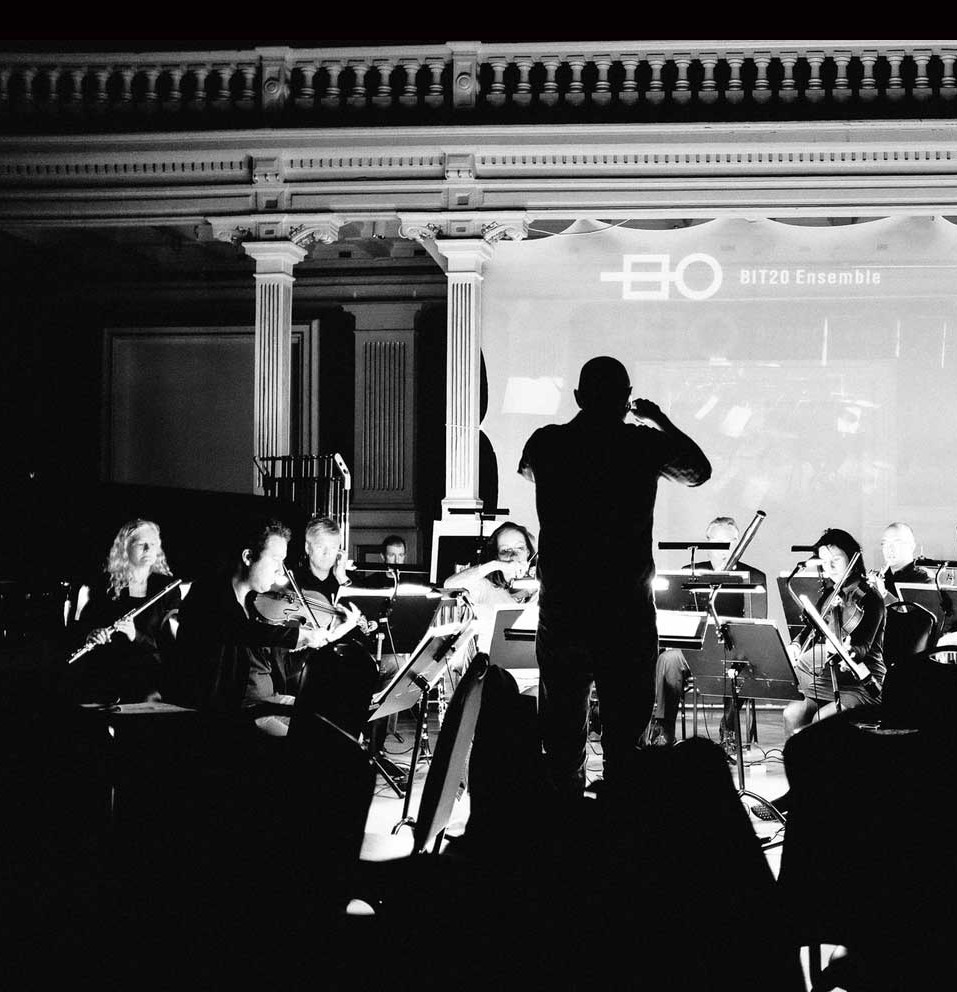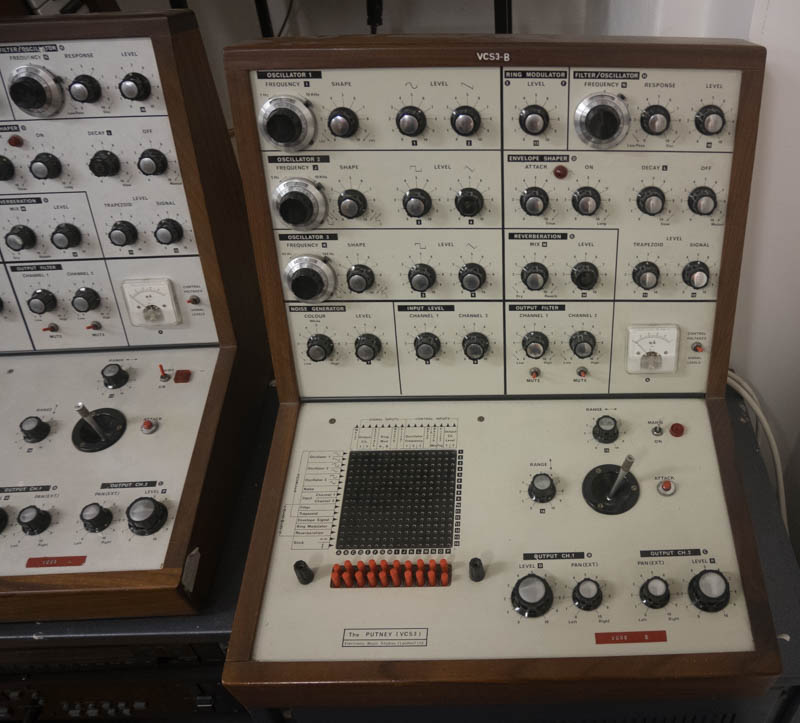I found music when I was 13. Thanks to the Third Programme and the local library, which had an excellent music collection, scores as well as records. Soon I was up to London to borrow records from the American, French and Polish embassies, the latter being a dark forbidding place where you would sit around for a long time before an elegant shifty woman appeared with a selection of 10 inch LP’s from the Warsaw Autumn Festivals. I recall the excitement of listening to those first pieces, especially those that I couldn’t make sense of! The very first record I bought was Bartok’s Music for Strings, Percussion and Celeste; then Janáček began to loom large, thanks to the cheapness of Supraphon records, but Webern, Xenakis, Boulez and Varese were the central gods in my Pantheon.
Live music came from the concerts held at The Arts Council in St James Square, London. I remember a lively meeting with Elizabeth Lutyens at a performance of Quartet for the End of Time. A later formative event was the visit of Merce Cunningham and Dance Company in 1964. These were with designs by Robert Rauschenberg with John Cage and David Tudor as musicians. The classical period didn’t arrive until I had already explored early and oriental music. It doesn’t appeal to me as background music, hence I can still be confronted and overwhelmed with a live performance of a repertoire piece that I hear for the first time.


In 1970 and living near Durham city when the Australian composer David Lumsdaine started teaching there. Allowed into the Electronic Studio to play about and sometimes help or more probably hindering David on the electronic pieces he was then writing. Yards of tape were shepherded around various microphone stands as they looped from tape deck to tape deck. I am eternally grateful for access to the working methods of a real composer. Interestingly, David thought electronics enabled him to compose in a ‘painterly’ way. Although I didn’t think it equated to the painterly methods I had experienced, it did open up for me more sophisticated ways of manipulating visual material. Until then, composers had always been priests and me the acolyte, and it was with that sense of mystery and wonder that from 1966 I started to use various techniques in my painting I had culled from music. After 1970 these more developed techniques became an integrated part of my everyday tool chest. This was also helped by the appearance in 1971 of two books ‘Boulez on Music Today’ and ‘Formalised Music‘ by Xenakis. I have subsequently taken a few additional ideas from the methods of music but it is these books, that helped organise most of the technical procedures that I have used since in my painting.